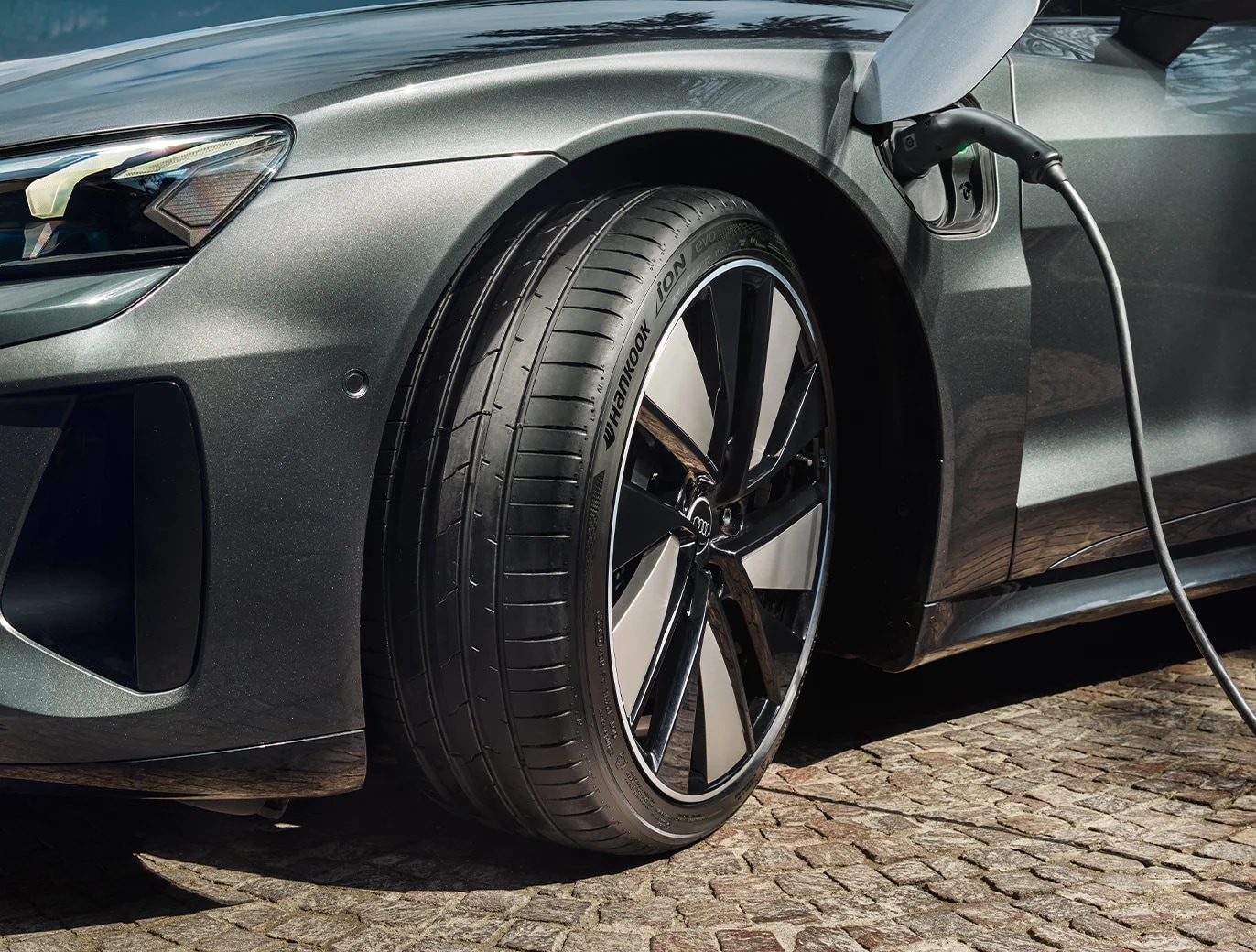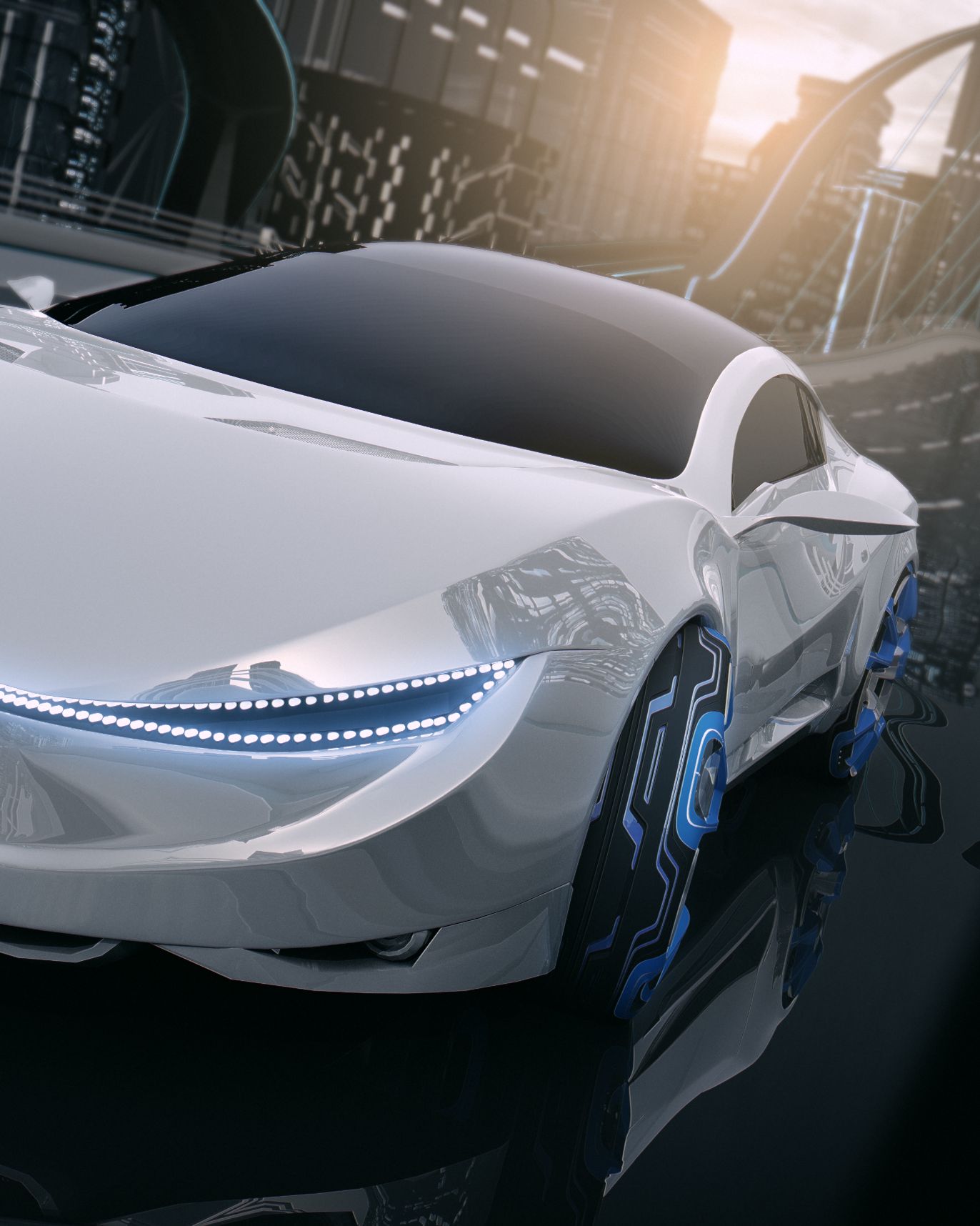When humans first wore shoes, the reason they did so was to protect their feet. However, today’s shoes have been developed for various purposes and have a range of functions. The same can be said for tires. With mobility development, tires are further segmented into product categories to meet the specific requirements and needs. Let’s look at the current status of tire development for electric vehicles and where the practical experiences are being accumulated.
EV Tires: Advancement Achieved Through Testing



















